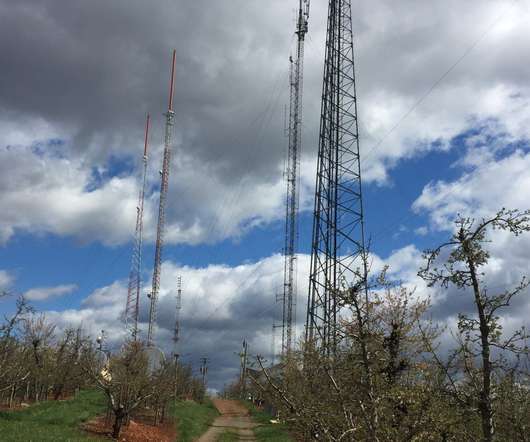Millions of Students Are Still Without WiFi and Tech—Why Haven’t Policymakers Stepped Up?
Edsurge
JUNE 11, 2021
Overview of Tech and WiFi Provisioning Laws From state to state, laws vary in how they currently address (or don’t address) distance and hybrid learning resource needs—and no two sets of laws are alike. In Arizona, the House Education Committee introduced HB2421 , a bill allowing for schools to create distance learning courses.
























Let's personalize your content